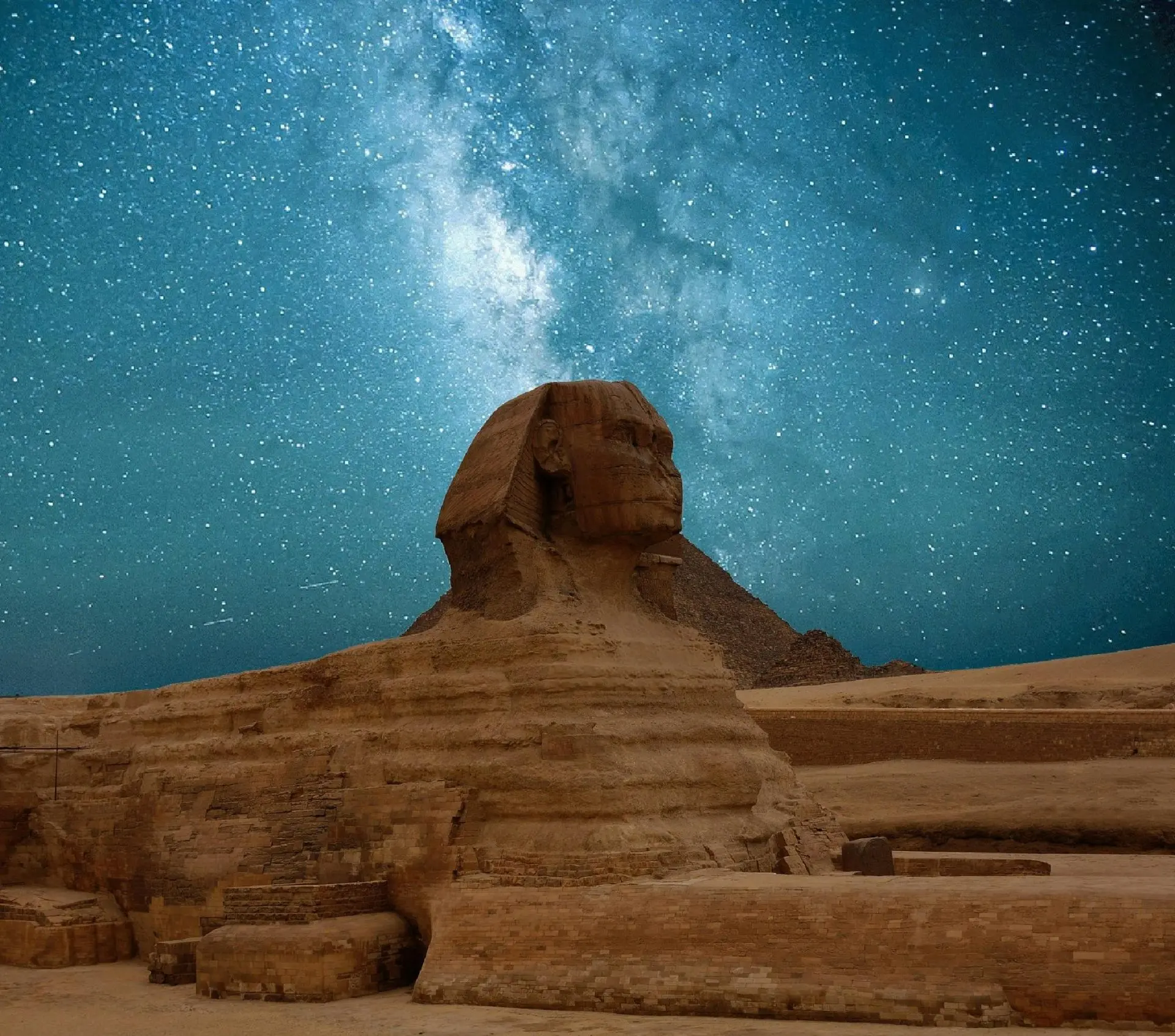Pharaohs of Egypt: Rulers of a Timeless Civilization

Looking for more amazing products? Check out our online store and explore our collection here! Happy shopping!
Before diving in, please note: This post is for informational purposes only. If you’d like to know more about how we approach topics, feel free to check out our friendly Disclaimer Page.
Hey there, amazing readers! 
We’re committed to delivering quality posts, and your support (even just sticking around despite the ads) means everything to us. So, bear with us, and thanks for helping us keep the good vibes rolling. Now, on to the fun stuff!
TRANSLATE BUTTON AT THE END OF THE ARTICLE
A Quick Overview: Exploring the Ancient Pharaohs of Egypt
The Pharaohs of Egypt are legendary figures who ruled over one of the most enduring civilizations in history.
These ancient kings were believed to be both mortal and divine, serving as the intermediaries between the gods and the people of Egypt.
Throughout the centuries, the Pharaohs played a pivotal role in shaping the culture, religion, and politics of the Egyptian society.
From the Early Dynastic Period to the New Kingdom, these rulers left behind a legacy that continues to fascinate historians, archaeologists, and enthusiasts alike.
Let us delve into the world of Pharaohs and uncover the secrets of their reign.
Early Dynastic Period: Rise of the Pharaohs
The Early Dynastic Period marked the rise of the Pharaohs as the supreme rulers of Egypt.
It was during this time that the first Pharaohs, such as Narmer and Hor-Aha, established their power and authority over the land.
These early rulers were instrumental in unifying Upper and Lower Egypt, laying the foundation for the centralized government that would characterize Egyptian civilization for millennia to come.
The Early Dynastic Period also saw the construction of the iconic Step Pyramid of Djoser, a testament to the Pharaoh’s divine status and power.
Old Kingdom: Golden Age of the Pharaohs
The Old Kingdom is often referred to as the Golden Age of the Pharaohs, a time of prosperity, stability, and monumental construction projects.
The Fourth Dynasty Pharaohs, including Khufu, Khafre, and Menkaure, built the famous pyramids at Giza, showcasing their wealth and power to the world.
These massive structures served as tombs for the Pharaohs, ensuring their eternal life and honoring their divine status.
The Old Kingdom Pharaohs also established strong trade networks, expanding Egypt’s influence across the region.
Middle Kingdom: Reunification and Stability
The Middle Kingdom marked a period of reunification and stability after the tumultuous First Intermediate Period.
Pharaohs such as Mentuhotep II and Amenemhat I restored order to the kingdom, strengthening central authority and promoting cultural and artistic achievements.
The Middle Kingdom Pharaohs focused on improving infrastructure, expanding irrigation systems, and fostering trade with neighboring regions.
This period saw the development of literature, art, and architecture, reflecting the Pharaohs’ commitment to promoting Egyptian culture and heritage.
New Kingdom: Height of Egyptian Power
The New Kingdom was a time of great power and expansion for Egypt, with Pharaohs such as Thutmose III, Hatshepsut, and Ramesses II leading the empire to new heights.
This period saw the conquest of vast territories, including parts of the Levant and Nubia, further solidifying Egypt’s influence in the region.
The New Kingdom Pharaohs commissioned massive temples, palaces, and monuments, showcasing their wealth and power to the world.
The reign of the New Kingdom Pharaohs is often considered the peak of Egyptian civilization.
Pharaohs as Divine Rulers: Gods on Earth
The Pharaohs of Egypt were believed to be gods on earth, possessing divine powers and responsibilities.
As the sons of Ra, the sun god, the Pharaohs were seen as the link between the mortal world and the divine realm.
They were responsible for maintaining order, justice, and harmony in Egyptian society, ensuring the prosperity and well-being of their people.
The Pharaohs were revered as living gods, with their images and names inscribed on temples, monuments, and tombs throughout Egypt.
Amenhotep IV (Akhenaten): The Heretic Pharaoh
Amenhotep IV, later known as Akhenaten, was a controversial Pharaoh who sought to revolutionize Egyptian religion and culture.
He introduced the worship of Aten, the sun disc, as the supreme deity, rejecting the traditional polytheistic beliefs of the Egyptians.
Akhenaten moved the capital to a new city, Akhetaten (modern-day Amarna), and promoted a more personal and intimate form of worship.
Despite his radical reforms, Akhenaten’s reign was short-lived, and his successors sought to erase his memory from history.
Hatshepsut: Egypt’s Female Pharaoh
Hatshepsut was one of the few female Pharaohs to rule Egypt, breaking tradition and asserting her power in a male-dominated society.
As the daughter of Thutmose I, Hatshepsut seized the throne after the death of her husband-brother, Thutmose II.
She ruled as regent for her stepson, Thutmose III, but eventually declared herself Pharaoh, wearing the traditional royal regalia and adopting a male pharaonic identity.
Hatshepsut oversaw a period of prosperity and cultural advancement, commissioning grand building projects and trade expeditions.
Ramesses II: The Great Builder Pharaoh
Ramesses II, also known as Ramesses the Great, was one of the most powerful and prolific Pharaohs of the New Kingdom.
He ruled for over six decades, during which he expanded Egypt’s borders, erected numerous temples and monuments, and secured his legacy as a military conqueror.
Ramesses II is best known for his colossal statues, such as the Abu Simbel temples, and the Ramesseum, his mortuary temple in Thebes.
His reign was marked by prosperity, stability, and grandiose building projects that showcased Egypt’s power and wealth.
Cleopatra VII: The Last Pharaoh of Egypt
Cleopatra VII, the last Pharaoh of Egypt, was a formidable ruler who sought to protect her kingdom from Roman conquest.
As the descendant of the Ptolemaic dynasty, Cleopatra forged political alliances, navigated the complexities of Roman politics, and maintained Egypt’s independence for as long as she could.
Cleopatra is best known for her relationships with Julius Caesar and Mark Antony, which ultimately led to her downfall and the annexation of Egypt by Rome.
Despite her tragic end, Cleopatra’s legacy as a powerful and intelligent leader endures to this day.
Legacy of the Pharaohs: Influence on Modern Egypt
The legacy of the Pharaohs continues to influence modern Egypt in profound ways.
The iconic monuments, temples, and artifacts left behind by the ancient rulers serve as a reminder of Egypt’s rich history and cultural heritage.
The Pharaonic era laid the foundation for Egyptian identity, with many of the traditions, beliefs, and symbols still prevalent in contemporary society.
The reverence for the Pharaohs and their divine status is evident in Egyptian art, literature, and architecture, reflecting a deep connection to the past that shapes the present.
Conclusion: The Enduring Mystique of Egypt’s Pharaohs
The Pharaohs of Egypt stand as enduring symbols of power, authority, and divine rule.
From the early dynasties to the New Kingdom, these ancient rulers left behind a legacy that continues to captivate and inspire generations.
The Pharaohs’ monumental achievements, grandiose building projects, and complex religious beliefs showcase the sophistication and ingenuity of Egyptian civilization.
As we unravel the mysteries of Egypt’s Pharaohs, we gain insight into a time when gods walked among mortals, shaping the destiny of a timeless civilization.
The enduring mystique of Egypt’s Pharaohs reminds us of the enduring legacy of a bygone era that continues to fascinate and intrigue us to this day.

The Enlightenment Journey is a remarkable collection of writings authored by a distinguished group of experts in the fields of spirituality, new age, and esoteric knowledge.
This anthology features a diverse assembly of well-experienced authors who bring their profound insights and credible perspectives to the forefront.
Each contributor possesses a wealth of knowledge and wisdom, making them authorities in their respective domains.
Together, they offer readers a transformative journey into the realms of spiritual growth, self-discovery, and esoteric enlightenment.
The Enlightenment Journey is a testament to the collective expertise of these luminaries, providing readers with a rich tapestry of ideas and information to illuminate their spiritual path.
Our Diverse Expertise
While our primary focus is on spirituality and esotericism, we are equally passionate about exploring a wide range of other topics and niches 

To ensure we provide the most accurate and valuable insights, we collaborate with trusted experts in their respective domains 
Our blog originally focused on spirituality and metaphysics, but we’ve since expanded to cover a wide range of niches. Don’t worry—we continue to publish a lot of articles on spirituality! Frequently visit our blog to explore our diverse content and stay tuned for more insightful reads.
Hey there, amazing reader! 
Check out our store here and take a peek at some of our featured products below! Thanks for being awesome!











